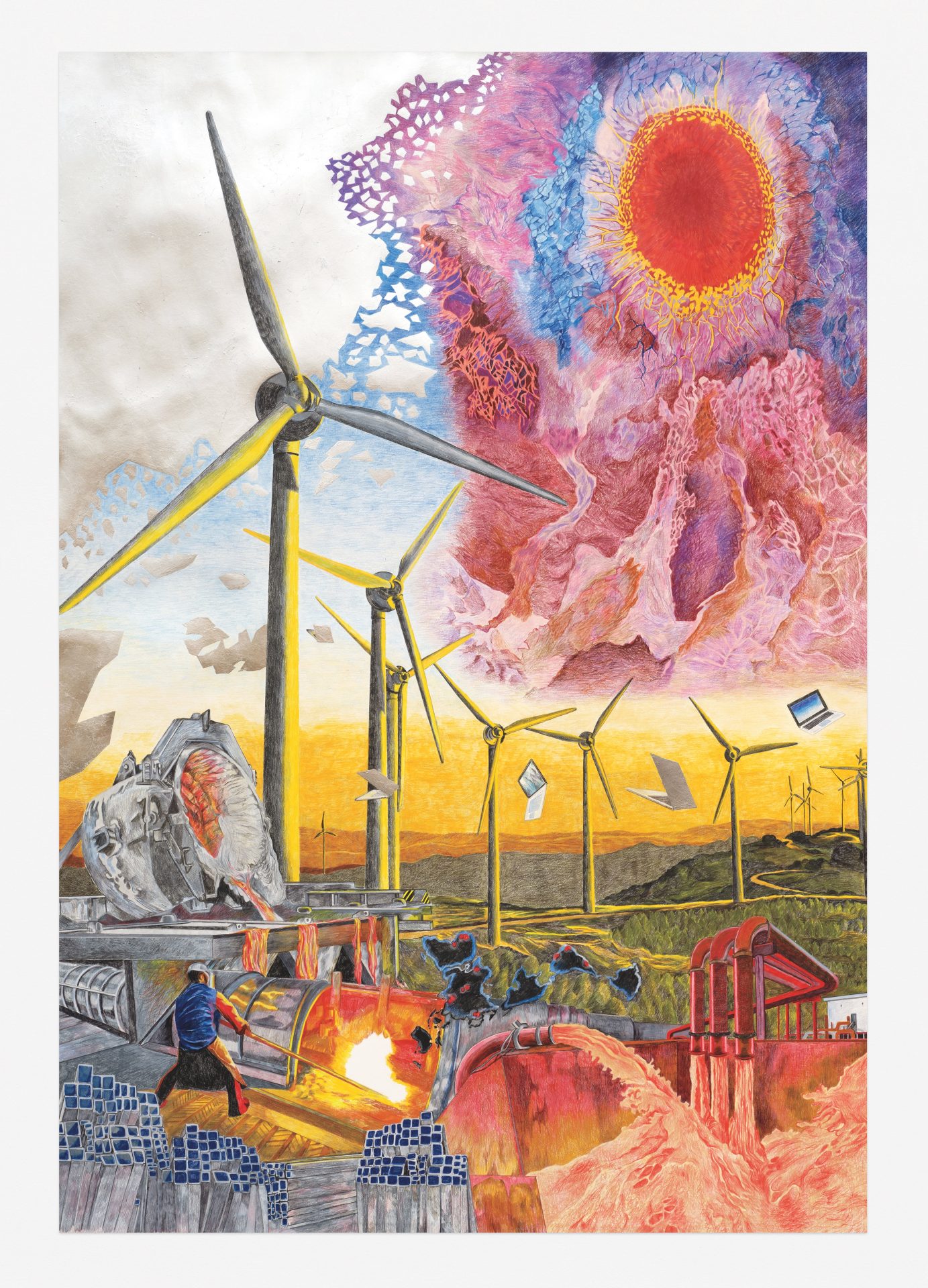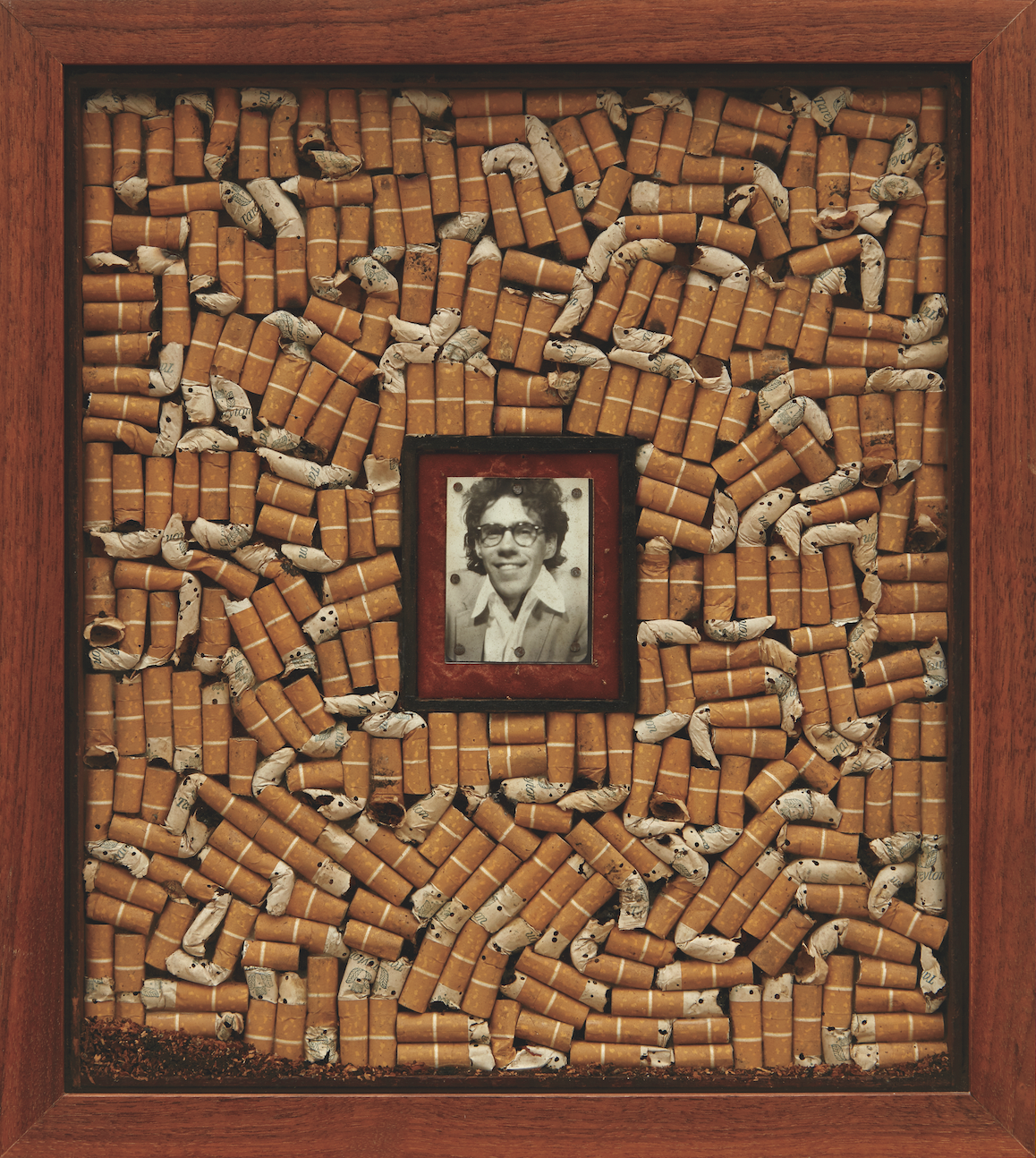
The world’s best memorizers, or “mental athletes” (as they insist on being called in a self-defeating bid for gravitas), can memorize the order of an entire deck of cards in thirty seconds flat or recite pi to eighty thousand digits. In his delightful Moonwalking with Einstein, Joshua Foer recounts how, after being awed by similar feats at the 2005 US Memory Championship (though the field, he later learned, is perennially weak by world standards), he decided to come back as a contestant. This was no Plimptonian lark: He spent much of a year drilling on digits and cards in his parents’ basement, his focus bolstered by pro-grade gear (“All serious mnemonists wear earmuffs,” he notes).
Unlike most journalist ducklings transformed into participant swans, Foer did well. He won, in fact, with help from the world’s eleventh-ranked mnemonist, a “mop-haired, cane-toting” Oxford graduate named Ed Cooke, who offered to coach Foer when he wasn’t working on a book called The Art of Introspection. Appearances by Cooke and his rivals, whom Foer treats with wry affection, keep the book perking along, including a scene in which, seated guru-like on a chilly rock in New York’s Central Park, Cooke explains the foundation of all memory techniques, a trick called “elaborative encoding.” The idea is to dress up each item to be remembered with striking details of some (often punning) relevance—usually visual ones, as our brains are far better at retaining images than words or numbers, which are cognitive newcomers in evolutionary terms. Meeting someone called Gardiner, for example, you might tie the name to a vision of a ruddy fellow in mud-caked boots. The images are even stickier if they’re shocking, sex and violence being especially mnemonically salient. “The indecent acts my own grandmother has had to commit,” Foer confesses, “in the service of my remembering the eight of hearts are truly unspeakable (if not, as I might have previously guessed, unimaginable).” Multiple items can be stored with a twenty-five-hundred-year-old mnemonic technique known as the “memory palace,” in which you imagine stashing images in designated spots throughout a familiar space such as your house. By retracing the route later, you can recover the memories in sequence as you encounter the images that represent them.
The results are surprisingly durable, even when the images are more Highlights for Children than Leg Show. (On the way to the supermarket three months ago, I installed a hopping, grinning onion in a nook of my own memory palace; it’s still there, undecayed.) And though the system sounds clunky, it grows easy with practice. Which is exactly Foer’s point: Prodigious memory, it turns out, is more skill than talent. Along the way to victory, he leads a lucid tour of the cultural history and neuroscience of memory, a key insight of which is that people like Cooke don’t have special powers. They have simply learned to make more efficient use of capabilities we all share, converting jumbles of data into mnemonically tractable “structured information.”
So anyone can do it, but why bother, when five millennia of technological innovation, from writing to iPhones, have left us with little need to? Once, Foer writes, we had “nothing to do with thoughts except remember them,” but modern civilization—literature, law, science—is “an edifice built of externalized memories.” Yet the people whose minds he most admires are those who always have a “germane fact at the ready.” Citing a study in which baseball fans retained more of a stretch of play-by-play commentary than nonfans did, he makes a thoughtful case for mnemonic effort in the age of Google: Memory is like an associative “spiderweb,” in that “the more it catches, the bigger it grows. And the bigger it grows, the more it catches.” In turn, “the more we remember, the better we are at processing the world.” Failing that, at least you won’t forget the carrots.





